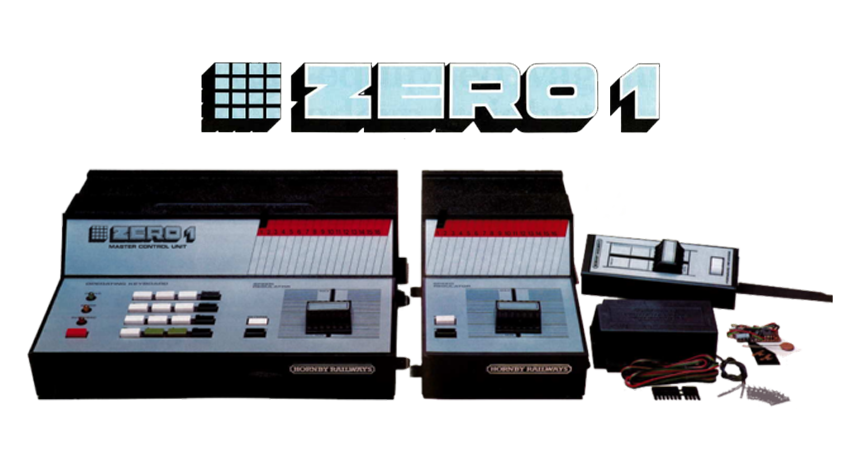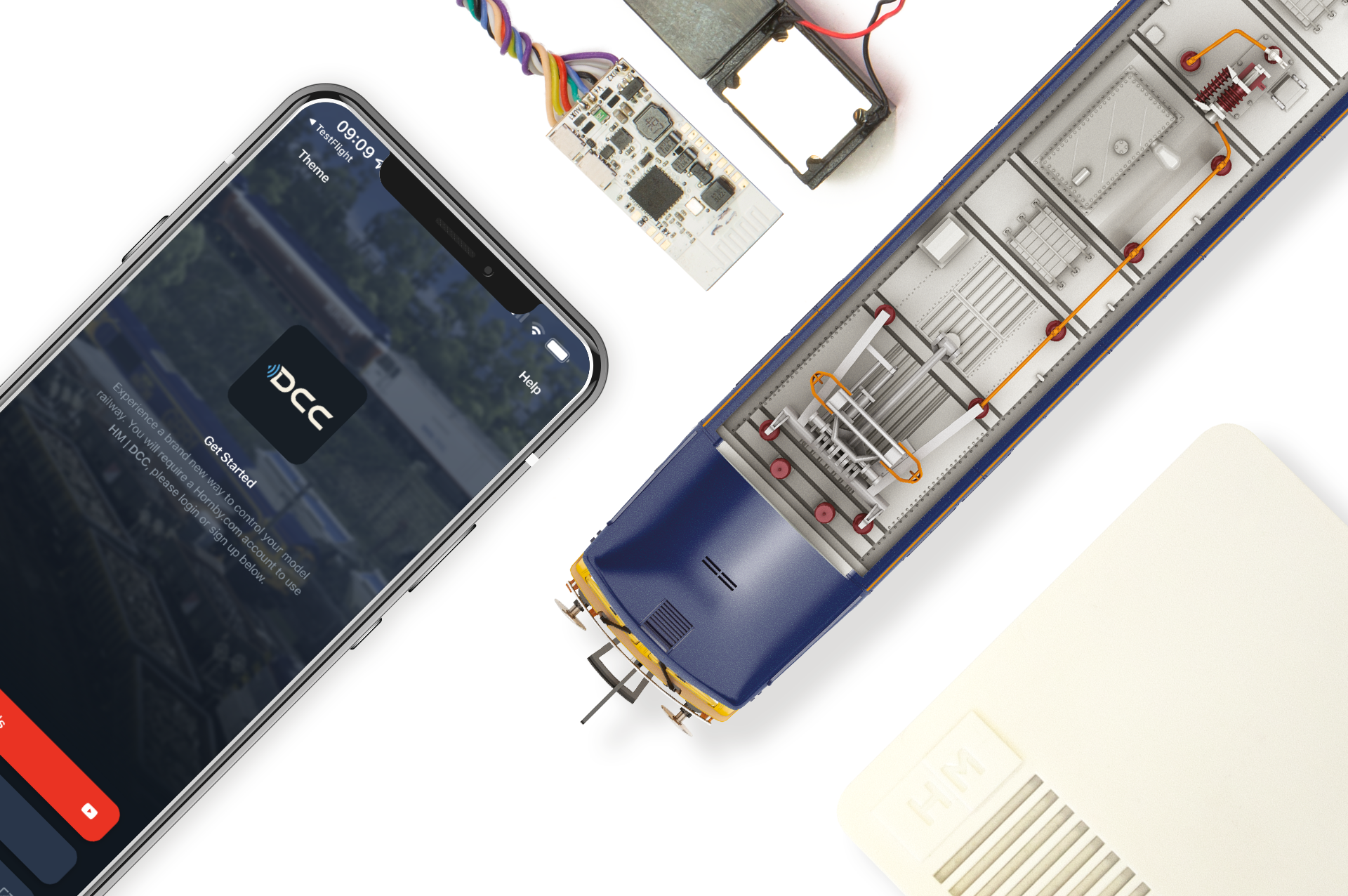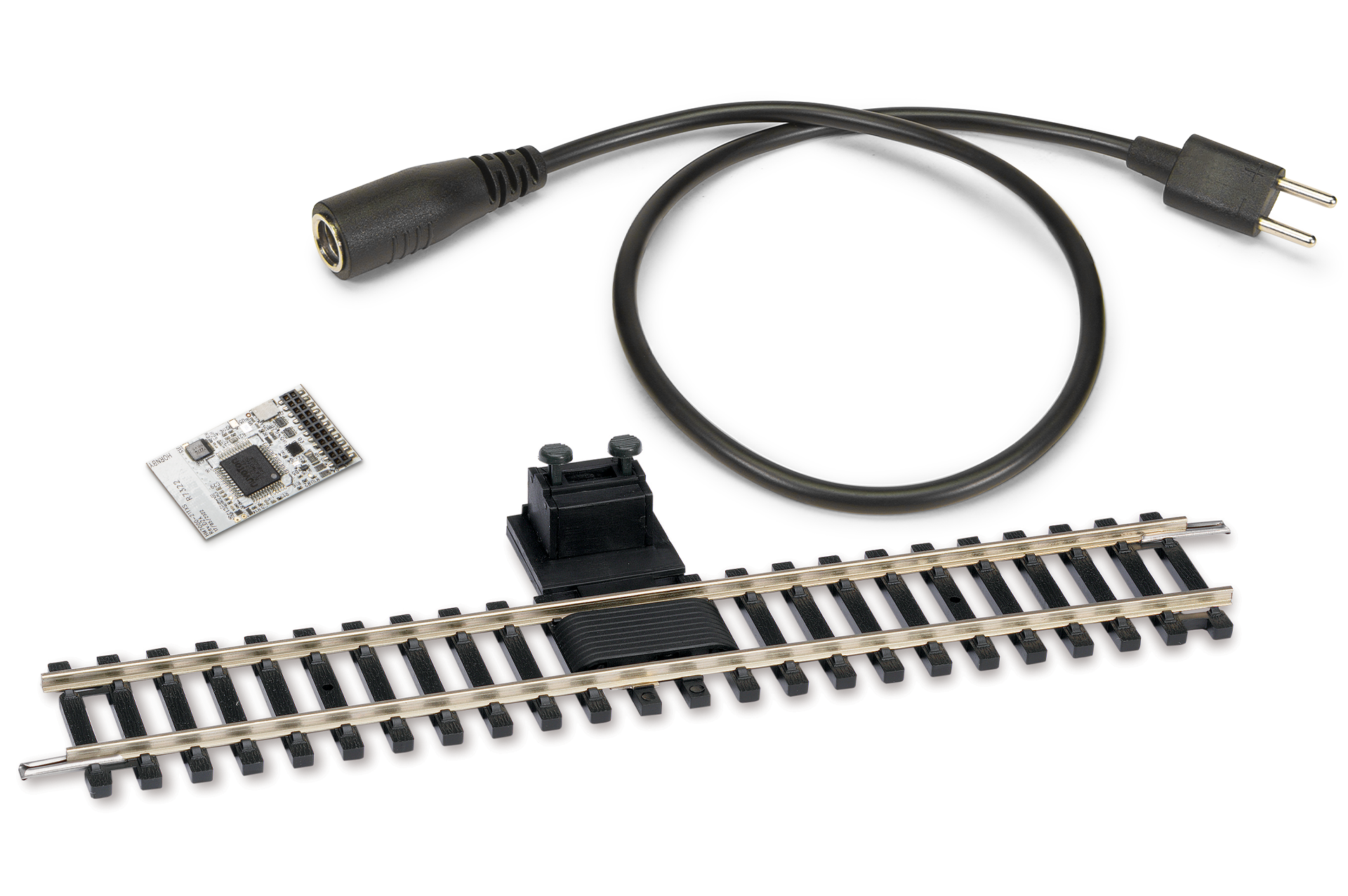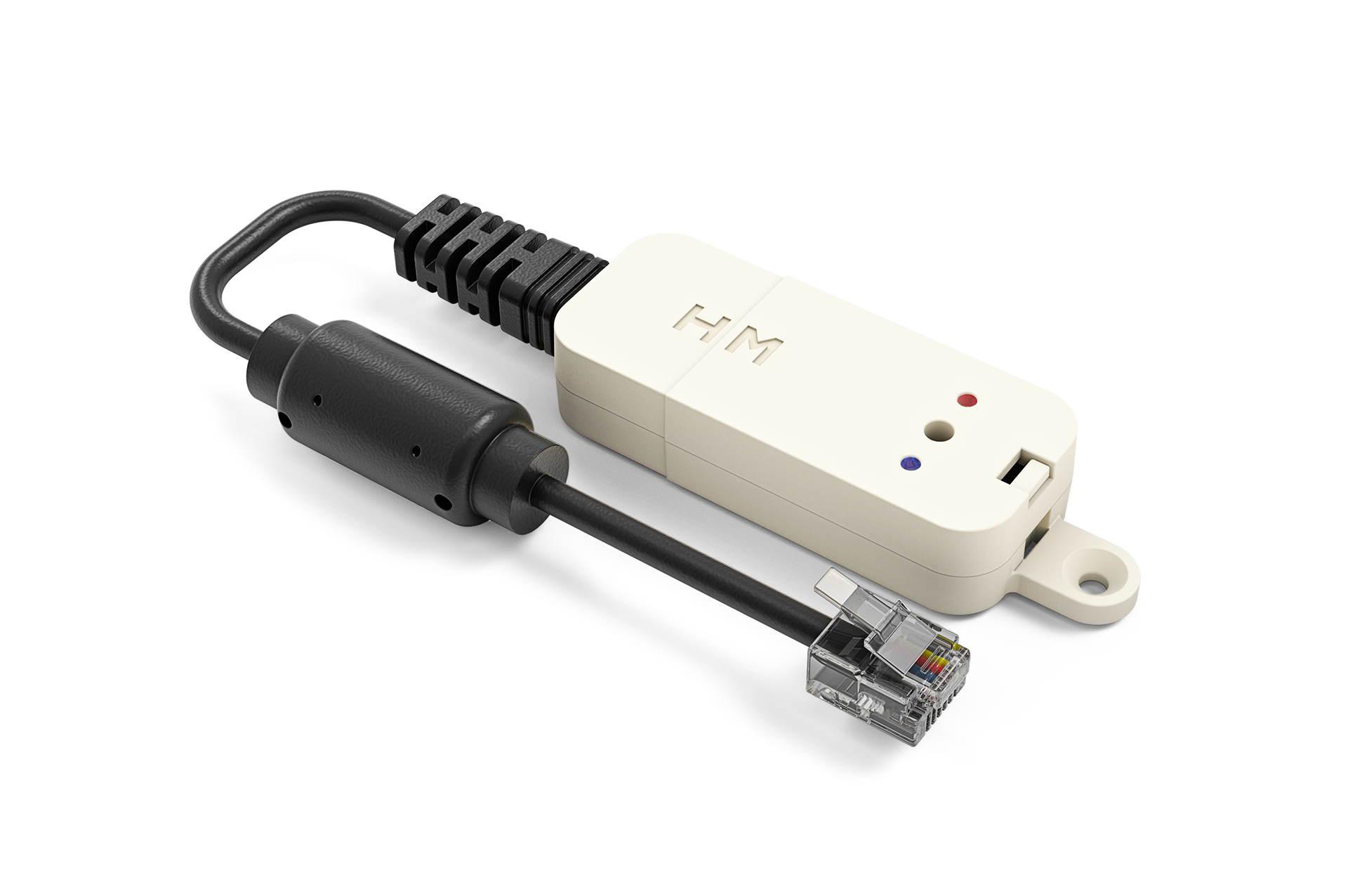


Welcome to this special blog focusing on HM7000 and the start of a new chapter in Hornby’s history of innovative train control.
Zero 1 was the first commercially available digital model train control. Hornby introduced the system in 1979, revolutionising the world of multiple train control.
In 2007, Hornby launched the affordable Digital Command Control (DCC) unit, ‘Select’, which brought digital control within financial reach of the average railway modeller. It shone a light onto what had, for years, been considered too complicated for the average modeller.

DCC received criticism from a small sect of model railway enthusiasts who thought the system was too complicated. They did not hold the 'Select' unit in the highest regard. But it was straightforward control for a user, and despite the controversy, the 'Select' and its twin control, 'Elite', became the go-to controllers for many.
Some years later, Hornby announced ‘RailMaster’, which took digital control of model railways to yet another level. Then, in 2014, the Hornby Twin Track Sound (TTS) decoders added a host of dedicated locomotive sounds to a variety of models at an affordable price.
Over the years, the TTS decoders were refined and improved, and again, for many, the sound decoders worked as they should have done.
Although DCC offers many advantages over conventional DC control, there are still several disadvantages. With the currently available DCC systems, good and consistent control relies on the command signals being passed along the track to the chosen locomotives. Any break in the command signals due to poor track connections or dirt can result in the model stalling, not to mention dirty wheel contacts or even suspect wiring. This can be frustrating, especially if the locomotive has to go through a start-up sequence before moving off once more.
Another tedious aspect is the changing of a locomotive’s CV settings. This can become even more of a challenge when operating with several control units, as you have to lift the models from the track and place them on a programming track before you can change the CVs.
It can be annoying when you forget to take a locomotive off a layout before changing a CV, only to find you have changed all the locos and, for good measure, the point modules as well!
For years, the development of DCC control stagnated. It hadn’t really moved on and developed from where it was ten or fifteen years ago. Until now – HM7000 is changing all that!
The HM7000 model railway control series offers many advantages over old-style DCC units. Firstly, it uses an app-based Bluetooth® protocol and is available to download on most smartphones and tablets, which you can then use to control a model railway. No more expensive command base units, as the HM|DCC app is totally free. You just need to scan the HM7000 QR code on the product packaging or click on the link and follow the onscreen instructions. It is that simple.
Secondly, there are currently three available Bluetooth®-enabled sound decoders – 21-pin, Next18-pin and 8-pin. Each decoder is supplied with a detachable sugar cube speaker and multi-sized sound box to provide maximum depth of sound, given the available space. There were originally 15 free downloadable sound files for the more popular steam, diesel and electric locomotives, with each file having more than 20 individual sounds. That list has already grown significantly, and we are adding more all the time.
And these decoders are not just for one-time use. You can record over sounds with other loco sound files time and time again.
The other benefit of these decoders is that they are embedded with the sounds, correct settings and features associated with the sound file already downloaded, so there is no fiddling with CV settings. The work is all done for you.
For those who prefer to run silently, there are four non-sound Bluetooth® decoders – 21-pin, Next18-pin, 8-pin and 6-pin.
Each of the Bluetooth® decoders, whether sound or non-sound, incorporate a mini socket that allows for the fitting of an HM7070 power bank module. The power bank provides up to nine seconds of backup power should the locomotive encounter a power outage due to dirty or poor track work.
The versatility of the new Hornby HM7000 Bluetooth® enabled control system is superbly highlighted by the numerous and low-cost ways that any existing layout, either DC or DCC, can be controlled.
HM7000-8TXS: Bluetooth® & DCC Sound Decoder (8-pin) and Sugar Cube speaker with HM7070 - Power Bank

The HM6000 system uses the Bluetooth® protocol; therefore, any layout using this system is only a short step away from being HM7000 HM|DCC compliant.
To convert an HM6000 layout to HM7000 control, you need to take six simple steps:
Step 1: Download the HM|DCC app onto a suitable smartphone or tablet.
Step 2: Choose a locomotive to operate on DCC and install the appropriate decoder.
Step 3: Link the locomotive to ‘HM|DCC’ on the smart device with the HM|DC app already installed.
Step 4: Fit DCC clips to all points and remove all non-DCC fitted locomotives from the layout.
Step 5: Using the HM|DC app, move the speed control to full power and set app inactivity control to disabled.
Step 6: Switch to the HM|DCC app, and you should now be able to operate the HM7000-fitted locomotive.
If you have an HM6010 accessory control fitted to the layout, unlink from the HM|DC app, perform a factory reset and then link to the HM|DCC app.

If you are new to model railways and wish to control your layout using the HM7000 HM|DCC control system, installation and operation could not be simpler.
As with other connections, you’ll need to download the HM7000 app to a preferred smart device. You’ll need to fit a suitable Hornby Bluetooth®-enabled decoder to your chosen locomotive and connect power to your track via a suitable Hornby 1A, 1.2A or 4A transformer. Link the transformer to the Hornby power track by joining an HM7020 power supply adapter harness between them.
Once you have power, you can link the Hornby Bluetooth®-enabled locomotives to the smart device, and operations can begin.

If you already operate your layout using DCC, you can enjoy the benefits of running some of your trains using the Bluetooth® protocol via the HM|DCC app.
To do this, download the HM|DCC app to your smartphone or tablet. Then, fit your locomotive with a suitable Hornby Bluetooth®-enabled decoder and pair with the smart device. Once you’ve done this, you can control that model with your smart device. All your other locomotives can be controlled using the existing DCC unit only.
You can fit all your locomotives with a Hornby HM7000 or conventional decoder to operate using the HM|DCC Bluetooth® system via a smart device. To do this, plug an HM7040 legacy dongle into the RJ12 socket of an existing DCC Base Station, as found on the Hornby ‘Elite’ or ‘Select’.
Once you’ve connected the legacy dongle, you can control ALL locomotives by either the smart device or the base station. However, you can only change the CV settings of the models fitted with an HM7000 type decoder while on the layout. You’ll have to change the CVs of all other models in the conventional way.

So, there you have it, HM7000 control in a nutshell.
The HM|DCC app is now available to download on iOS and Android. Please note, the 18-pin decoder does not meet NEM662 space requirements. Please check the locomotive has sufficient space prior to purchasing.
Get started on your HM7000 journey here.
It certainly is a new dawn in train control, so embrace it and enjoy what the Hornby HM7000 Bluetooth® control can bring to your layout!